If you're familiar with the crypto world you probably have heard of a "DEX". But what does DEX actually mean? DEX is short for decentralized exchange. DEXs allow you to trade your tokens directly peer-to-peer (p2p) without a middleman.
The process of executing a trade is completely autonomous and does not require any personal info or verification. You read that last part right; no more entering your email or other personal information before you can execute certain trades on ShapeShift.
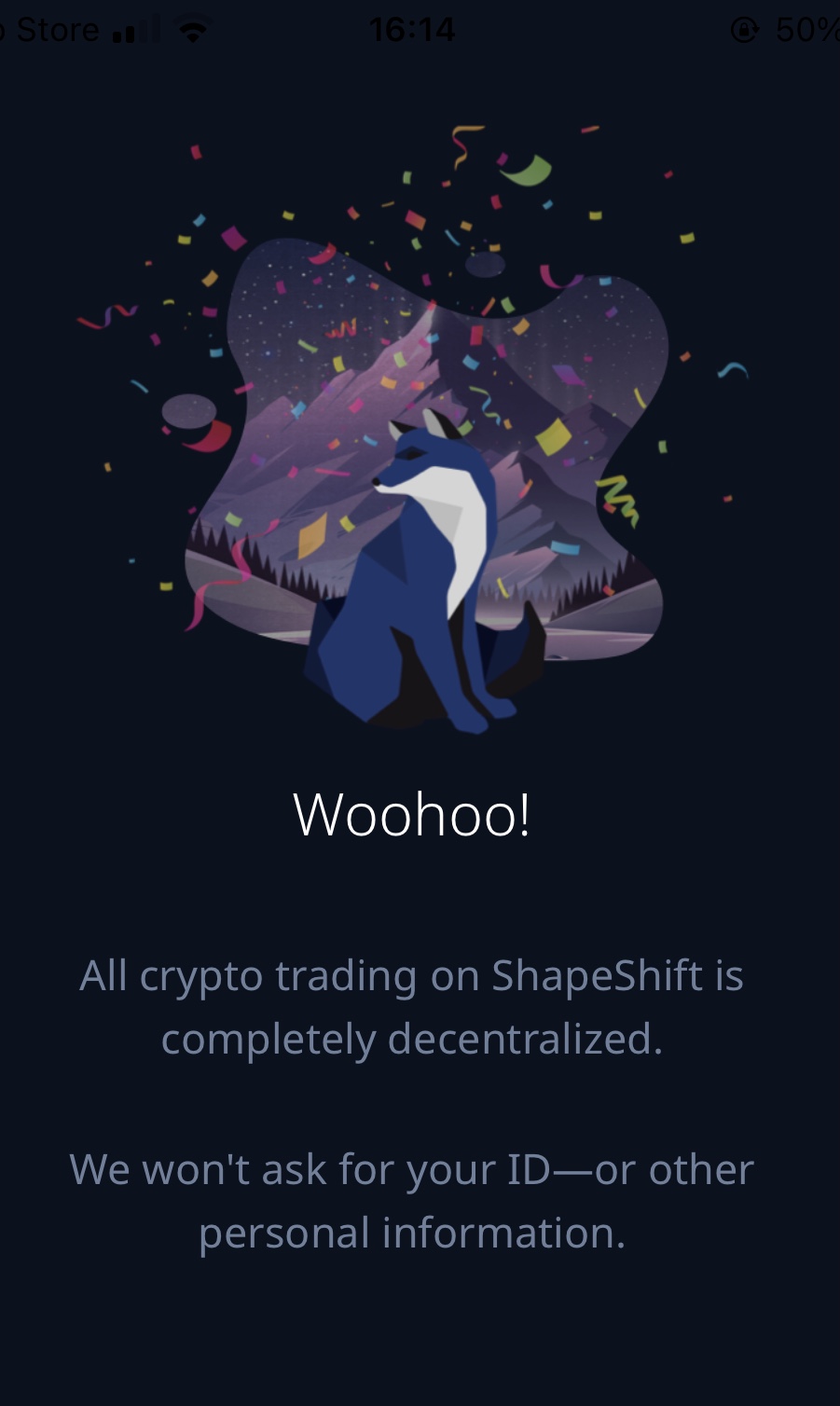
How Does This Work On ShapeShift?
When you execute a trade with ShapeShift, you will see a field titled "Rate". Below your rate you will see whether or not 0x or THORChain was used for the swap.
Depending on the token pair you select, the trade will be completed through THORChain* or 0x* (more DEX aggregators coming soon). This allows our users to have access to trading over 1,000 different crypto assets!
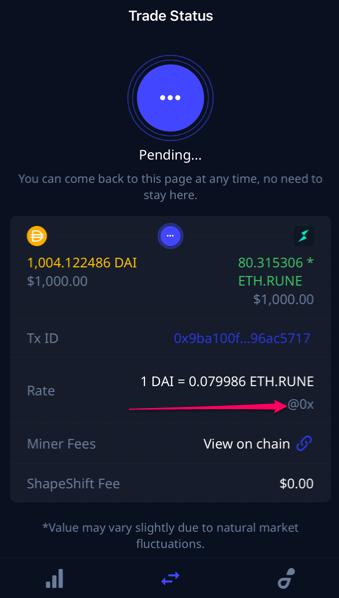
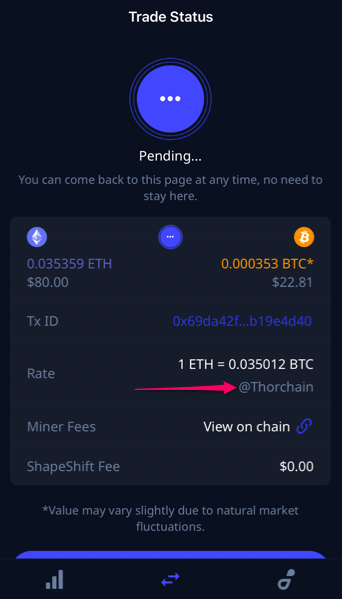
ShapeShift has integrated THORChain, which provides the ability for cross-chain swaps! This includes BTC, LTC, and BUSD. Essentially this means you can swap non ERC20 tokens via DEX.
*0x is a DEX aggregator that enables the p2p exchange of assets on the Ethereum blockchain.
*THORChain was founded in 2018 and solves the problem of cross-chain trading by building efficient, bi-directional bridges between blockchains at the protocol level in a permissionless, non-custodial manner.
Pros
1. No KYC
2. No more needing to trust the exchange to hold your funds before executing the trade. You control your private keys, always!
3. Lots of tokens! Virtually any token can be traded as long as there is available liquidity.
Cons
1. Liquidity. DEXs are rapidly gaining popularity but if the pair you are trading has low liquidity, it may not be available.
2. Fees. If the network is congested, you're more likely to encounter higher miner fees.
3. Failed orders must be validated on-chain, which can be costly.
Popular DEXs
Slippage
Slippage is neither a pro or con, but important nonetheless. Since market prices are constantly changing, your trade rate is likely to fluctuate. For example, by the time blocks confirm and your trade executes, the price in ETH may have gone up in price. This happens in the stock market as well as the crypto market. ShapeShift allows you to set the maximum amount of slippage for any trade you initiate. Simply select the highest percentage you will allow to account for market slippage.
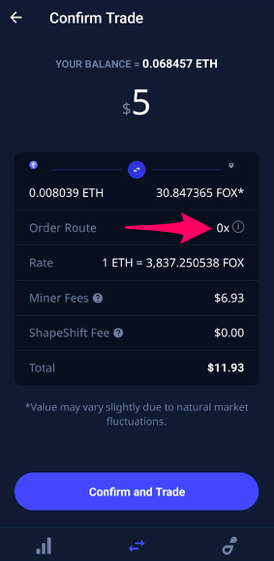
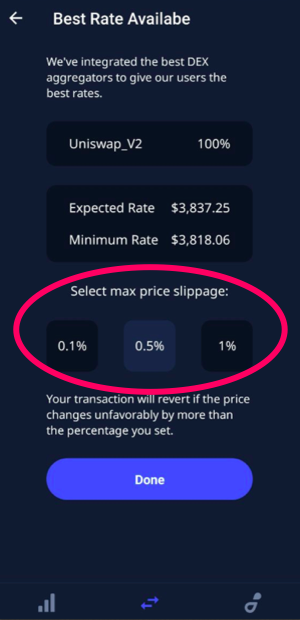
What Happens If My Trade Fails?
Every order (as well as alteration and cancellation) is written to the blockchain. If the parameters are not met your trade will fail and the funds will be reverted to your wallet. Keep in mind that the miner fee that was initially paid is not returned in the case of a failed trade. The higher the miner fee and slippage % you set the less likely your trade is to fail. Since DEX's are decentralized this means no more contacting customer support and having to wait for a refund- as refunds should automatically process!
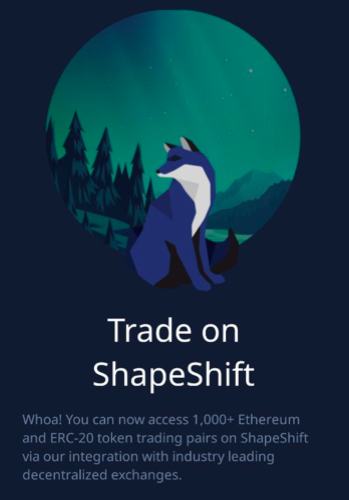
More information on DEXes can be found here.
If you have any questions regarding ShapeShift and DEXs, our customer support team can be found here.
